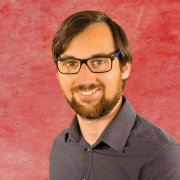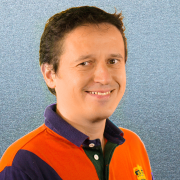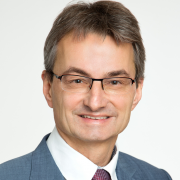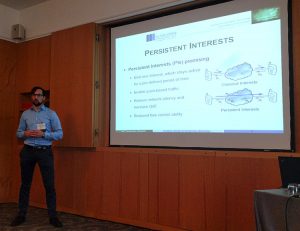Authors: Philipp Moll, Mathias Lux, Sebastian Theuermann, Hermann Hellwagner
Abstract: The popularity of computer games is enormously high and is still growing every year. Despite the popularity of gaming, the networking part of computer games relies on decade old technologies, which have never been intended to be used for low latency communication and are often the cause for overloaded and crashing game servers during peak hours. In order to improve the current state-of-the-art technologies, research in the networking field has to be conducted, but is challenging due to the low availability of up-to-date datasets and network traces. Modern networking solutions of computer games try to take the players’ activities as well as geographical closeness of different players in the virtual world into account, in order to achieve a high user satisfaction while keeping the network activity as low as possible. In this paper, we analyze the Battle Royale game mode of Fortnite as an example for a popular online game with demanding technical requirements with respect to networking. Based on the results of our analysis, we extrapolate player movement patterns as well as network traces, which can be used to study how to improve our current networking technology for online gaming, and to investigate possibilites to replace it by novel networking solutions, such as information-centric networking.
Workshop: NetGames 2018 (http://conferences.telecom-bretagne.eu/netgames18/)
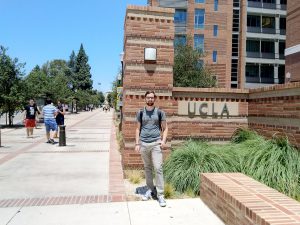 Philipp Moll is currently visiting his Mentor Jeff Burke at UCLA in Los Angeles. During the stay at UCLA, he is working together with the researchers of the _Center for Research in Engineering, Media, and Performance_ (REMAP) and with Lixia Zhang’s group of the _Internet Research Lab_ (IRL).
Philipp Moll is currently visiting his Mentor Jeff Burke at UCLA in Los Angeles. During the stay at UCLA, he is working together with the researchers of the _Center for Research in Engineering, Media, and Performance_ (REMAP) and with Lixia Zhang’s group of the _Internet Research Lab_ (IRL).
